| |
|
|
Botanical Name |
: |
Ananas comosus Merr. |
English
Name |
: |
Pineapple |
Synonym(s) |
: |
Ananas sativus L. & Schult. |
Family |
: |
Bromeliaceae |
| |
General Info
| Description |
 |
|
The pineapple plant is a terrestrial herb 2 1/2 to 5 ft (.75-1.5 m) high with a spread of 3 to 4 ft (.9-1.2 m); a very short, stout stem and a rosette of waxy, straplike leaves, long-pointed, 20 to 72 in (50-180cm) 1ong; usually needle tipped and generally bearing sharp, upcurved spines on the margins. The leaves may be all green or variously striped with red, yellow or ivory down the middle or near the margins. At blooming time, the stem elongates and enlarges near the apex and puts forth a head of small purple or red flowers, each accompanied by a single red, yellowish or green bract. The stem continues to grow and acquires at its apex a compact tuft of stiff, short leaves called the "crown" or "top". Occasionally a plant may bear 2 or 3 heads, or as many as 12 fused together, instead of the normal one. As individual fruits develop from the flowers they join together forming a cone shaped, compound, juicy, fleshy fruit to 12 in (30 cm) or more in height, with the stem serving as the fibrous but fairly succulent core. The tough, waxy rind, made up of hexagonal units, may be dark-green, yellow, orange-yellow or reddish when the fruit is ripe. The flesh ranges from nearly white to yellow. If the flowers are pollinated, small, hard seeds may be present, but generally one finds only traces of undeveloped seeds. Offshoots, called "slips", emerge from the stem around the base of the fruit and shoots grow in the axils of the leaves. Suckers (aerial suckers) are shoots arising from the base of the plant at ground level; those proceeding later from the stolons beneath the soil are called basal suckers or "ratoons". |
| Herb Effects |
 |
|
Laxative and abortifacient (fruit juice); antiscorbutic and stimulates the flow of bile, emmenagogue (leaf); alleviates spasms (plant); antifertility (unripe fruit); antiinflammatory, diuretic. |
Chemistry
| Active Ingredients |
 |
|
Ergosterol peroxide, campesterol and stigmasterol (leaf); monoglyceryl esters, ananasic acid and bromelain (stem); acetaldehyde, acetic acid, acetone, alanine, alpha-linolenic acid, alpha-tocopherol, arginine, ascorbic acid, asparagine, aspartic acid, beta-carotene, bremelain, chavicol, citric acid, ethyl-acetate, p-coumaric acid, glutamic acid, glutamine, glycine, histidine, linoleic acid, lysine, malic acid, methionine, methyl-acetate, niacin, oleic acid, p-aminobenzoic acid, palmitic acid, palmitoleic acid, pantothenic acid, phenylalanine, riboflavin, serotonin, thiamin, tyrosine, vanillin (fruit); 5-hydroxytryptamine, ferulic acid (plant). |
| Chemistry
of Active Ingredients |
 |
|
|
 |
Name |
CAS# |
IUPAC Name |
Formula |
Structure |
 |
|
| Ergosterol peroxide |
2061-64-5 |
Not Available |
C28H44O3 |
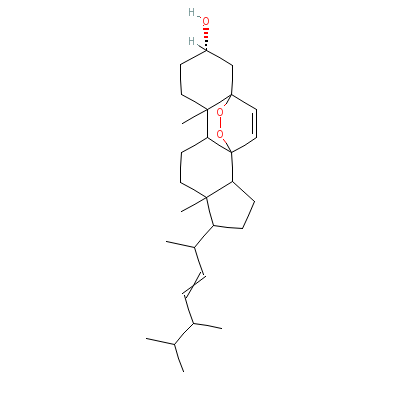
|
| Campesterol |
474-62-4 |
17-(5,6-dimethylhept
an-2-yl)-10,13-dimet
hyl-2,3,4,7,8,9,11,1
2,14,15,16
,17-dode
cahydro-1H-cyclopent
a[a]phenanthren-3-ol |
C28H48O |
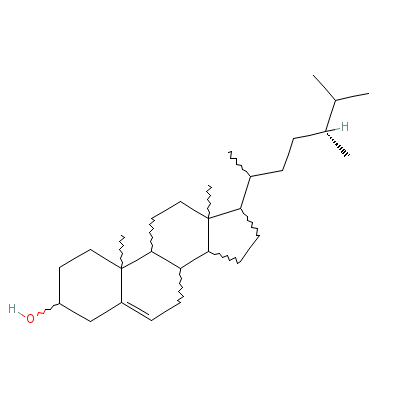
|
| Stigmasterol |
4736-55-4 |
17-(4-ethyl-1,5-dime
thyl-hex-2-enyl)-10,
13-dimethyl-1,2,4,5,
6,7,8,9,10
,11,12,1
3,14,15,16,17-hexade
cahydrocyclopenta[a]
phenanthren-3-one |
C29H48O |
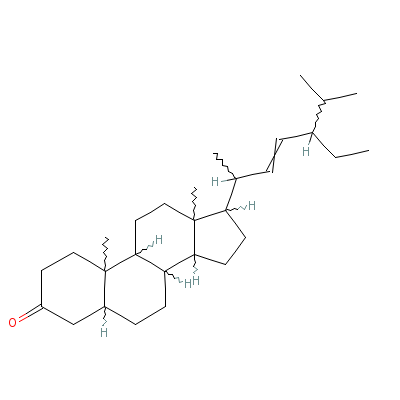
|
| P-coumaric acid |
501-98-4 |
3-(4-hydroxyphenyl)p
rop-2-enoic acid |
C9H8O3 |
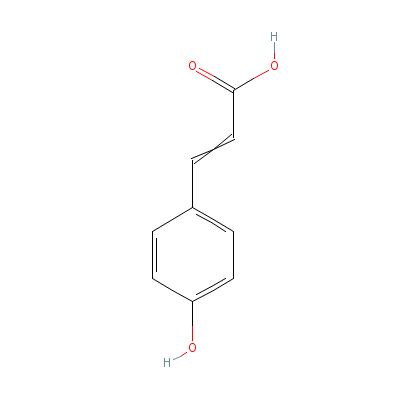
|
| Caffeic acid |
Not Available |
3-(3,4-dihydroxyphen
yl)prop-2-enoic acid |
C9H8O4 |
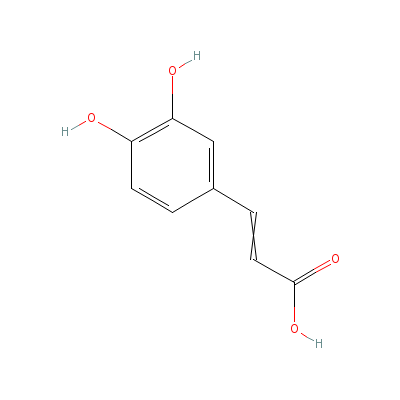
|
| Ferulic acid |
24276-84-4 |
3-(4-hydroxy-3-metho
xy-phenyl)prop-2-eno
ic acid |
C10H10O4 |
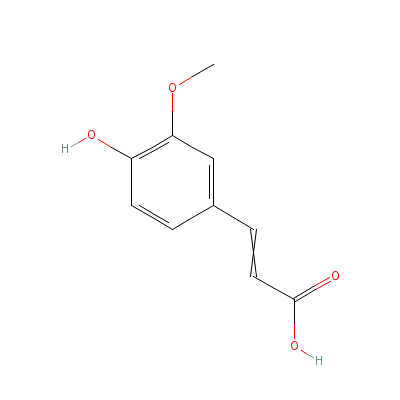
|
| Sinapic acids |
530-59-6 |
3-(4-hydroxy-3,5-dim
ethoxy-phenyl)prop-2
-enoic acid |
C11H12O5 |
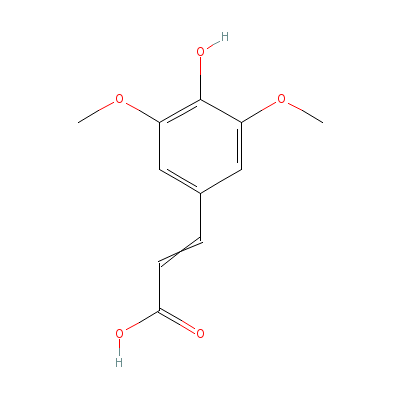
|
| Acetaldehyde |
108-62-3 |
2,4,6,8-tetramethyl-
1,3,5,7-tetraoxocane |
C8H16O4 |

|
| Acetic acid |
77671-22-8 |
acetic acid |
C2H4O2 |
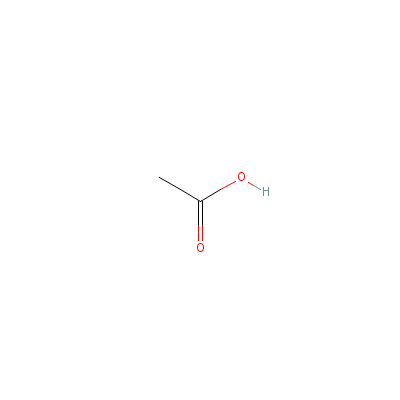
|
| Acetone |
Not Available |
acetone |
C3H6O |
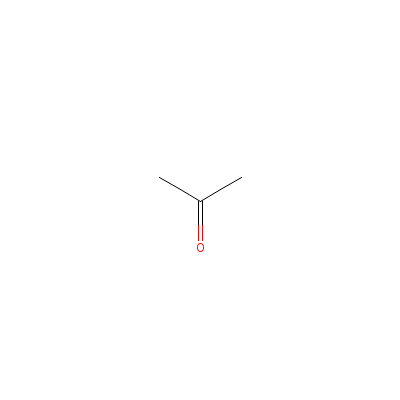
|
| Alanine |
35597-43-4 |
2-[2-[2-amino-4-(hyd
roxy-methyl-phosphor
yl)-butanoyl]aminopr
opanoylami
no]propa
noic acid |
C11H22N3O6P |

|
| alpha-Linolenic acid |
94138-91-7 |
octadeca-9,12,15-tri
enoic acid |
C18H30O2 |

|
| Alpha-tocopherol |
364-50-1 |
2,5,7,8-tetramethyl-
2-(5,9,13-trimethylt
etradecyl)chroman-6-
ol |
C30H52O2 |
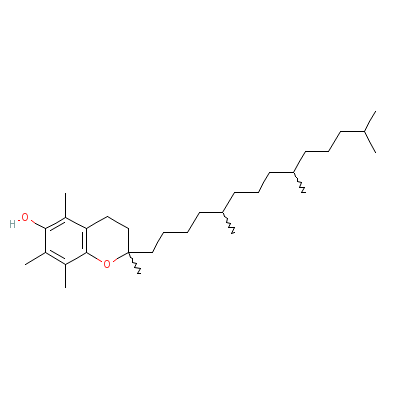
|
| Arginine |
7004-12-8 |
2-amino-5-guanidino-
pentanoic acid |
C6H14N4O2 |
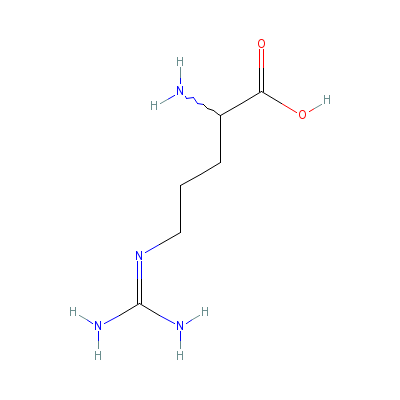
|
| Ascorbic Acid |
Not Available |
2-(1,2-dihydroxyethy
l)-4,5-dihydroxy-fur
an-3-one |
C6H8O6 |

|
| Asparagine |
2058-58-4 |
2,4-diamino-4-oxo-bu
tanoic acid |
C4H8N2O3 |

|
| Aspartic acid |
6899-03-2 |
2-aminobutanedioic
acid |
C4H7NO4 |
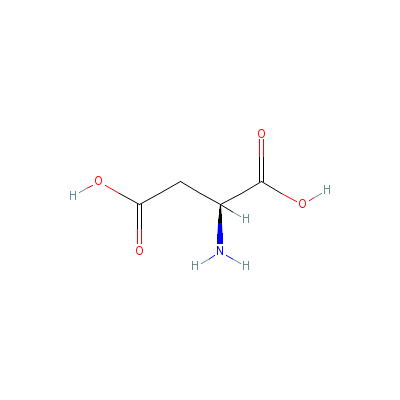
|
| beta-Carotene |
Not Available |
3,7,12,16-tetramethy
l-1,18-bis(2,6,6-tri
methyl-1-cyclohexeny
l)-octadec
a-1,3,5,
7,9,11,13,15,17-nona
ene |
C40H56 |

|
| Chavicol |
501-92-8 |
4-prop-2-enylphenol |
C9H10O |
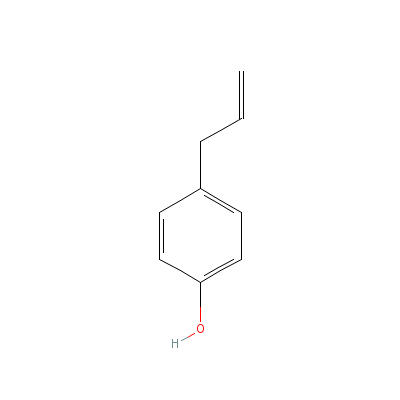
|
| Citric acid |
Not Available |
2-hydroxypropane-1,2
,3-tricarboxylic
acid |
C6H8O7 |
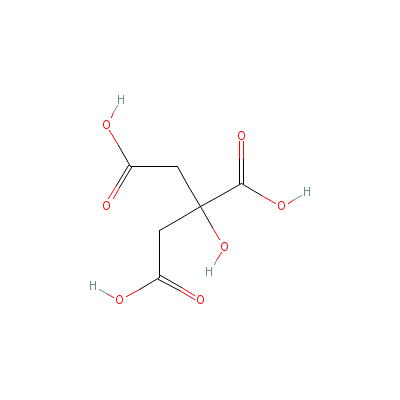
|
| Glutamic acid |
Not Available |
2-aminopentanedioic
acid |
C5H9NO4 |
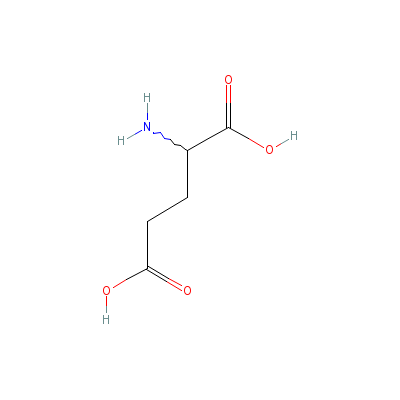
|
| Glutamine |
6899-04-3 |
2-amino-4-carbamoyl-
butanoic acid |
C5H10N2O3 |
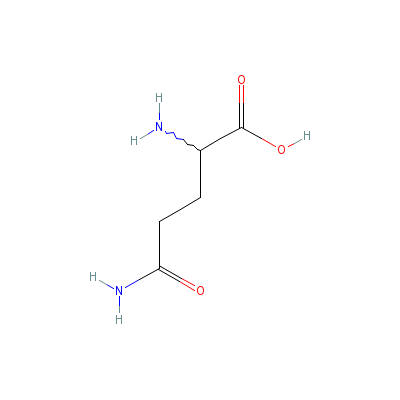
|
| Glycine |
87867-94-5 |
2-aminoacetic acid |
C2H5NO2 |
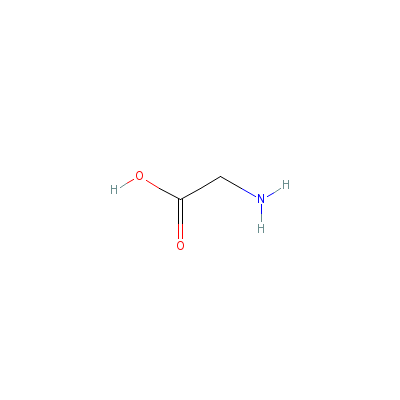
|
| Histidine |
6027-02-7 |
2-amino-3-(3H-imidaz
ol-4-yl)propanoic
acid |
C6H9N3O2 |
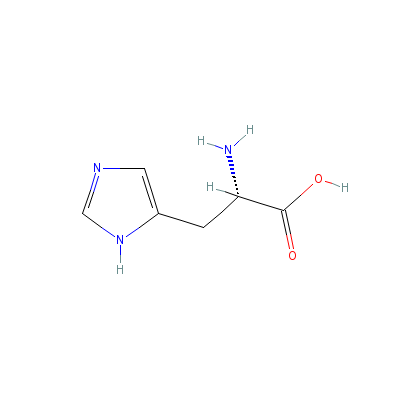
|
| Linoleic acid |
8024-22-4 |
Octadeca-9,12-dienoi
c acid |
C18H32O2 |
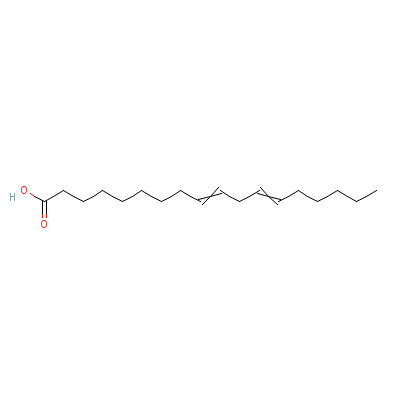
|
| Lysine |
923-27-3 |
2,6-diaminohexanoic
acid |
C6H14N2O2 |
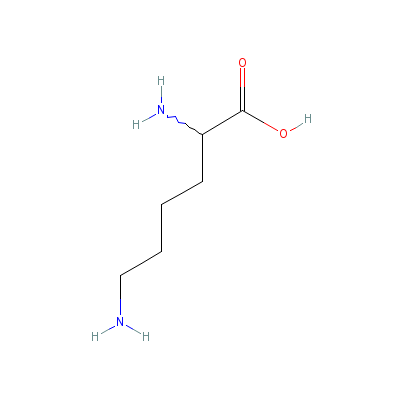
|
| Malic acid |
Not Available |
2-hydroxybutanedioic
acid |
C4H6O5 |
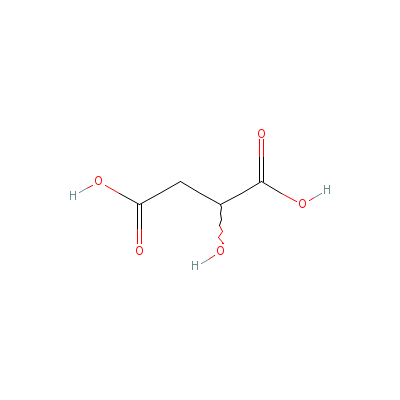
|
| Methionine |
348-67-4 |
2-amino-4-methylsulf
anyl-butanoic acid |
C5H11NO2S |
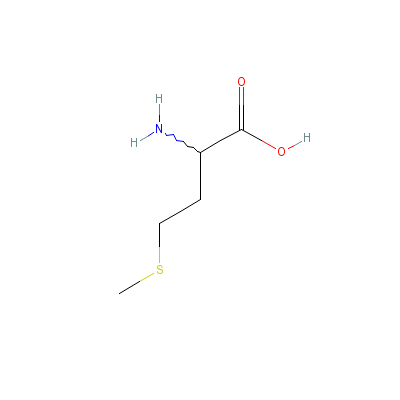
|
| Methyl acetate |
79-20-9 |
methyl acetate |
C3H6O2 |
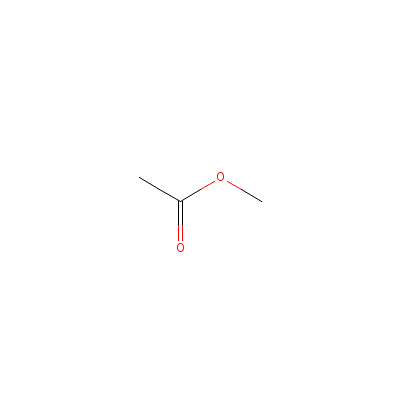
|
| Niacin |
99148-57-9 |
Pyridine-3-carboxyli
c acid |
C6H5NO2 |
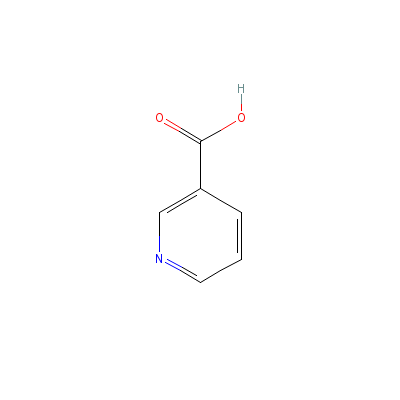
|
| Oleic acid |
8046-01-3 |
octadec-9-enoic acid |
C18H34O2 |
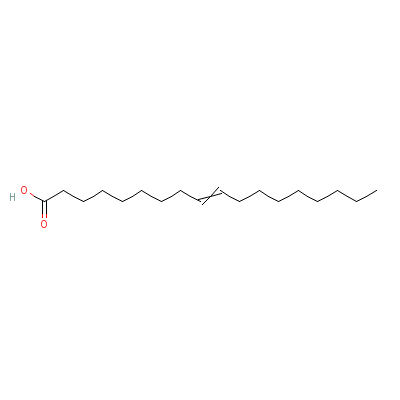
|
| P-aminobenzoic acid |
Not Available |
4-aminobenzoic acid |
C7H7NO2 |
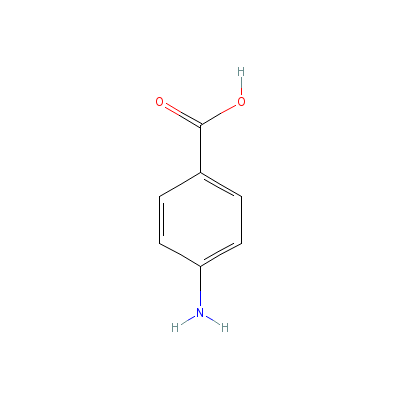
|
| Palmitic acid |
66321-94-6 |
Hexadecanoic acid |
C16H32O2 |
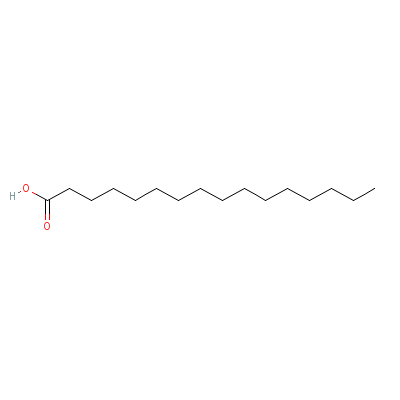
|
| Palmitoleic acid |
2091-29-4 |
(E)-hexadec-9-enoic
acid |
C16H30O2 |
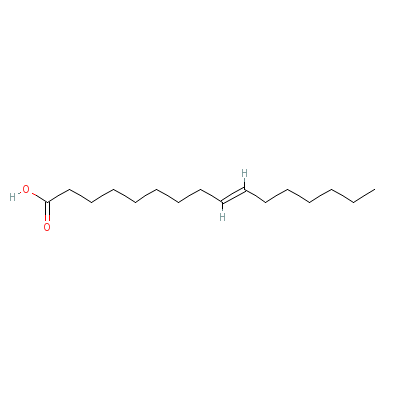
|
| Pantothenic acid |
599-54-2 |
3-[(2,4-dihydroxy-3,
3-dimethyl-butanoyl)
amino]propanoic acid |
C9H17NO5 |

|
| Phenylalanine |
3617-44-5 |
2-amino-3-phenyl-pro
panoic acid |
C9H11NO2 |

|
| Riboflavin |
Not Available |
Not Available |
C17H21N4O9P |
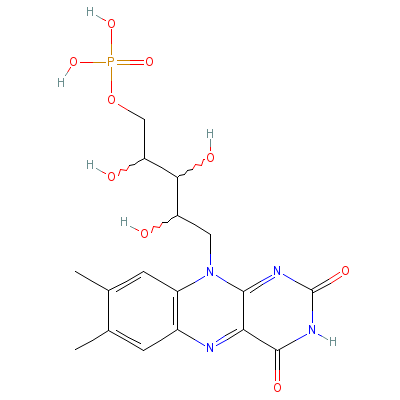
|
| Serotonin |
50-67-9 |
3-(2-aminoethyl)-1H-
indol-5-ol |
C10H12N2O |

|
| Thiamin |
59-43-8 |
2-[3-[(4-amino-2-met
hyl-pyrimidin-5-yl)m
ethyl]-4-methyl-1-th
ia-3-azoni
acyclope
nta-2,4-dien-5-yl]et
hanol |
C12H17N4OS+ |

|
| Tyrosine |
556-02-5 |
2-amino-3-(4-hydroxy
phenyl)-propanoic
acid |
C9H11NO3 |
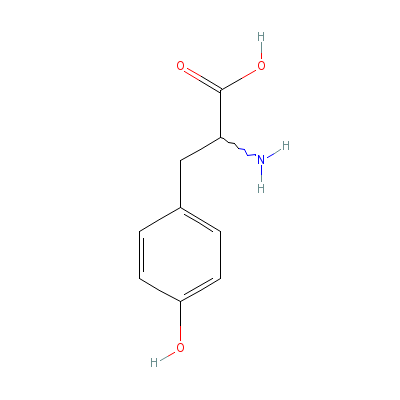
|
| Vanillin |
8014-42-4 |
4-hydroxy-3-methoxy-
benzaldehyde |
C8H8O3 |
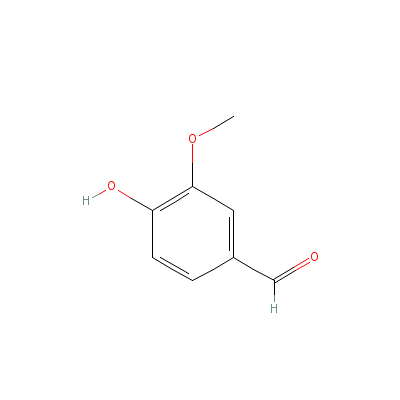
|
| 5-Hydroxytryptamine |
Not Available |
3-(2-aminoethyl)-1H-
indol-5-ol |
C10H12N2O |
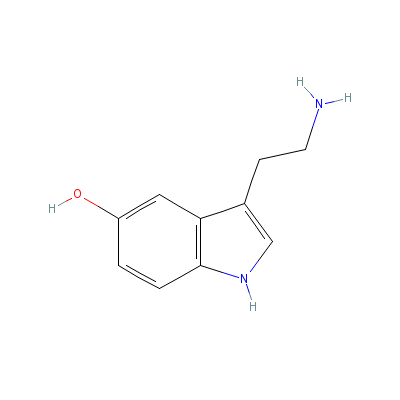
|
| Ferulic acid |
24276-84-4 |
3-(4-hydroxy-3-metho
xy-phenyl)prop-2-eno
ic acid |
C10H10O4 |

|
|
Pharmacology
| Medicinal Use |
 |
|
For cancer and tumors, coagulating blood, in edemas, third degree burns and promoting the absorption of drugs, to expel intestinal worms, as emmenagogue, as a drastic treatment for venereal diseases, as a gargle in cases of sore throat and as an antidote for seasickness. |
| Contraindication |
 |
|
Hypersensitivity, occasionally gastric disturbances or diarrhea, sometimes allergic reactions. |
| Reference |
 |
|
 Chandel et al., Biodiversity in Medicinal and Aromatic Plants in India.Br> Chandel et al., Biodiversity in Medicinal and Aromatic Plants in India.Br>
Johnson T. CRC Ethnobotany Desk Reference (www.herbweb.com/herbage).
|
Dealers
Products
|
|